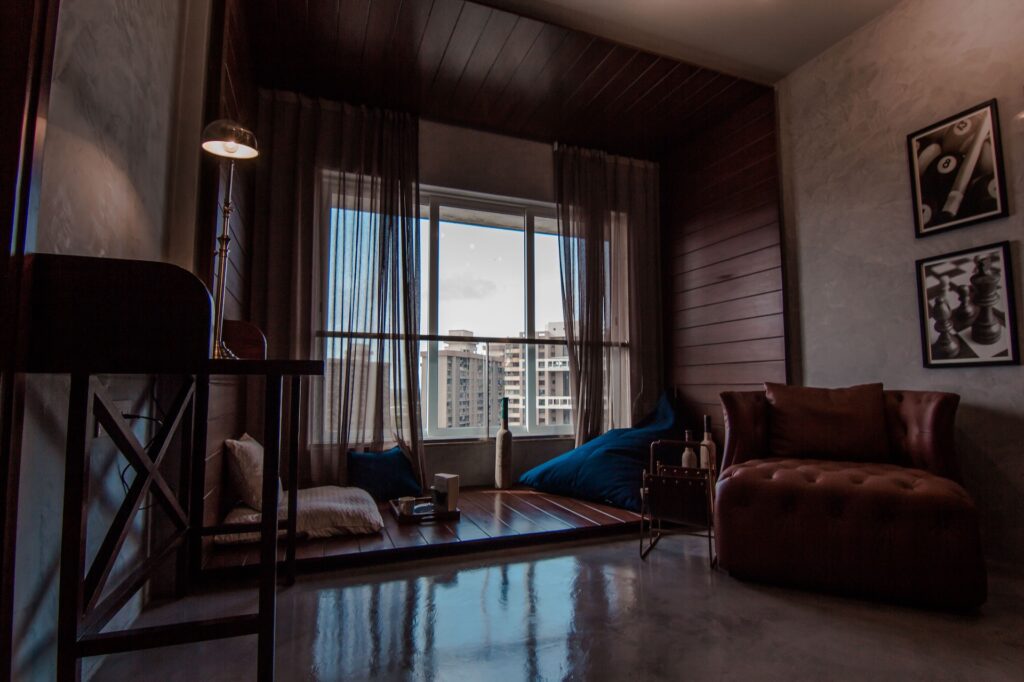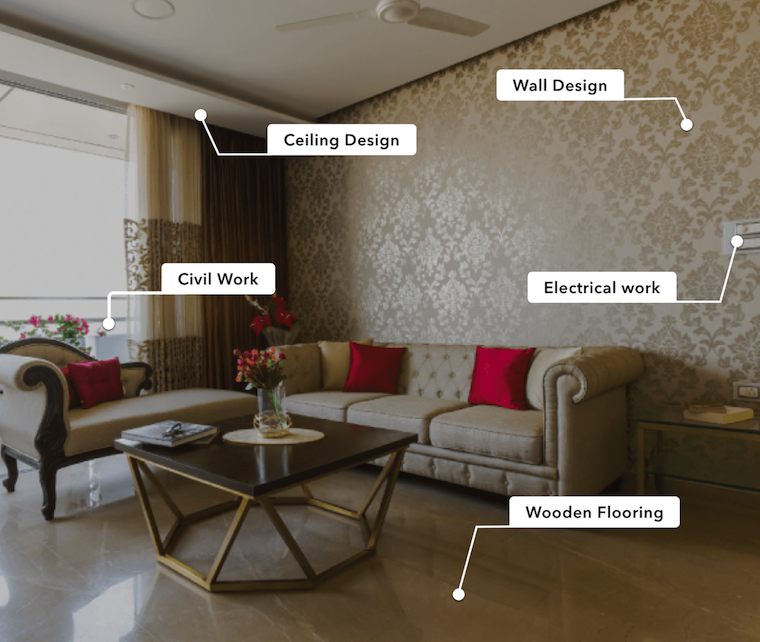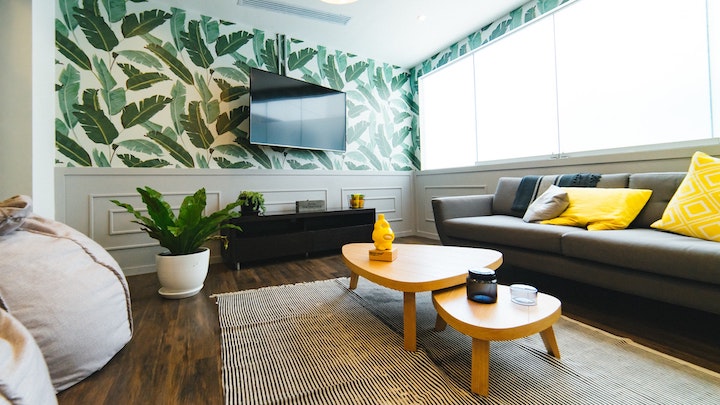India has been a turbulent growth industry for quite some time now. While on the one side we are struggling to pull people out of poverty and help them keep up with the technological advancements, on the other side, the spending capacities of the middle class has dramatically increased and the lines between the upper middle class and the lower middle class have merged to a large extent. But the rich and the middle class still have a huge economic divide. To upgrade the social status of the middle class, many outfits have propped up offering the one service which had seemed out-of-reach of many people earlier: Interior Design.

Interior Design is the design of interior spaces of a building relating to its indoor environment, the anthropometrics of the furniture serving the inhabitants, the aesthetic functionality of indoor services, and the upliftment of basic lifestyles of individuals. In the workspace, it can also improve efficiency and longevity of the workforce. Concepts of colour therapy, air conditioning, touch therapy, visual aesthetics, climatology, and Vastu etc., all play a major part in interior design. Interior design interrelates to the architecture of the building or space making as an art, becoming one of the fundamental reasons architects execute interior design as part of their design services. Interior Design as a specialisation emerged out of Architecture after the technology involved in construction advanced and buildings started getting built faster than we occupied them. As more and more architects started focusing on building buildings, the space for Interior Design opened up to a large audience as separate from architecture. The unregulated market for interior design was up for grabs to anyone with the slightest knowledge of carpentry.


The profession of interior design exploded as many colleges and institutes offering a course in interior design appeared, as there is no regulation to the subject. The practice, too, became increasingly easier with myriad interior building materials flooding the market and the import of furniture from many countries becoming easier. And the most important factor of all, the client became a customer, with no prior knowledge or awareness of the nuances of interior design, started accepting a crude and misplaced definition of interiors put forth by businessmen who saw the market potential. The client, in an attempt either to belong in the “hip” and “happening” conversations in a party or to brag to colleagues and friends, or simply to experience this new, easily reachable service, started calling every bit of construction, up-gradation, renovation, decor, and curation done in his house as “Interior Design”.


The world of interior design completely changed when companies started commoditising what should be a very personal experience. Interior designers too flourished in collaborations with such companies that had the economic capacity to turn the narrative of interior design towards whatever they wanted because there was no narrative to begin with. Architects being architects were exclusive and in smaller regional settings, not very vocal, especially about interior design. And exceptional interior designers focused on their niche. The public did not have an accepted standard for design to which they could compare what was being said about it. From a customer’s point of view, it was a blessing, as they suddenly had a shiny, flashy, ever-elusive interior design company telling them they too could afford interior design.
The unregulated space of interior design has created many self-employed contractors and designers taking up design projects as a one-stop, single-window, turnkey program, where design comes figuratively free while you pay for execution and material procurement, supply and installation. Bombarding the client with ad after ad about interior design services through the extensive tabloid machinery, with discounts, Diwali offers, and designer interior advertisements bordering on deception, finally turning the client into a customer. The attempt to capture the eye of the middle class has been more than successful. Livspace and Homelane, few of the big players in this market, boast of over 20000 and 9000 customers respectively in the short periods of time that they have been active, not to mention the many other smaller players like BuildUrHome, HUB, Simply Interiors, etc., operating under the radar and yet doing large volumes of business.


The businessmen saw the open market and capitalised on the opportunity, the middle class saw the opportunity and stepped up to bat. If everything is hunky-dory, then where is the problem? The problem arises when the projection of a distorted version of a valuable and scientific art, onto a large audience, changes the very definition of the art in the people’s mind. An architect or an interior designer usually connects the fee to the scope of work, you reduce the fee; you reduce the scope. But in an interior company, it relates to the building material. You reduce the material or use cheaper material; it reduces the profit. Design partners who collaborate with companies are often just a part of the game. The model works for its simplicity and ease of use and a single window program, but it fails in the essence of interior design. The entire studies, economics, research, that goes into interior design, suddenly goes out the window when it is highly commoditised. Perhaps if it works for some people, then why not let them have it? The argument is not against the system or business or even the people who avail of the system. The argument is against the idea of interior design that is being fed to people in the name of business. People believe that carpentry is what interior design is. One cannot blame the layman for thinking it, as there are few contrary voices correcting this fallacy. This is not an explicit thought. There are exceptions, but they are few and far.

One of the biggest changes that can happen in the field of Interior Design is to regulate it in a way similar to Architecture; then the disparate definitions of Interior Design may be controlled to a certain extent. When a trustworthy authority can advocate the nuances of Interior Design and glorified carpentry and can help the common man distinguish between the two, there might be hope for considering better quality over better price, and, as we have already understood, price doesn’t seem to matter to the Indian middle class anymore, value is of more importance. When value is created by professionals and businessmen alike, a harmonious environment for the consumer and the client shall automatically prevail.








